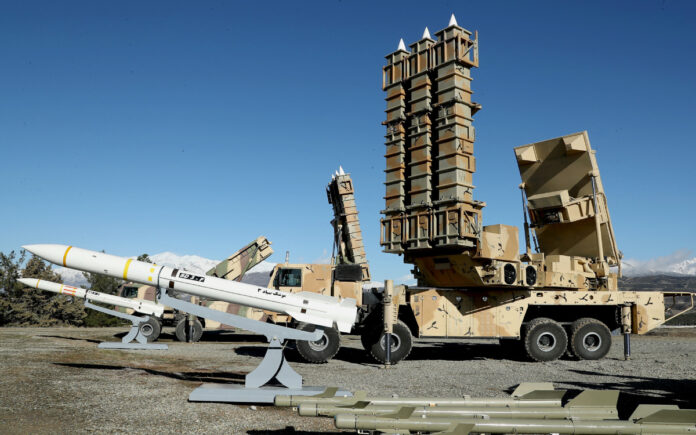Washington: Iran has markedly escalated its production of ballistic missiles, intensifying anxieties among U.S. officials regarding regional stability and the proliferation of advanced weaponry worldwide.
Enhanced Manufacturing
Recent reports reveal Iran’s strategic move to increase missile production, aiming not only to bolster its own defense capabilities but also to supply sophisticated weaponry to allies such as Russia, Hezbollah, and Yemeni Houthi rebels.
Iran’s arsenal includes the versatile Fateh-110 and Zolfaghar missile systems, renowned for their mobility and ability to adapt to various operational scenarios.
The Fateh-110 boasts a range of approximately 300 km, while the Zolfaghar extends up to 700 km. More advanced systems like the Shahab-3 and Emad missiles exceed 1500 km in range and can carry warheads weighing up to 750 kg.
Increased Alarm
The United States and Israel express significant apprehension over Iran’s ballistic missile capabilities, particularly focusing on the Emad missiles, which can reach distances up to 1750 km. Analysts caution that these missiles could potentially carry nuclear, chemical, or electromagnetic pulse (EMP) payloads, posing severe threats to regional security.
Also Read | Hezbollah Adapts Strategies Against Israeli Surveillance Amid Conflict
Swift Expansion
Recent satellite imagery and expert analyses underscore Iran’s rapid expansion in missile production infrastructure near Tehran, estimating a stockpile of up to 3,000 missiles of various types. Iran’s facilities are equipped with protective measures such as earthen berms to mitigate risks like accidental explosions.
Also Read | UN Probes Suspected Mass Grave in Libya-Tunisia Desert Route
International Ramifications
Beyond Iran’s borders, concerns escalate as evidence suggests Iranian-supplied missiles, including the Fateh-110 and Zolfaghar, have already been deployed by Russia in conflicts such as the ongoing crisis in Ukraine.



